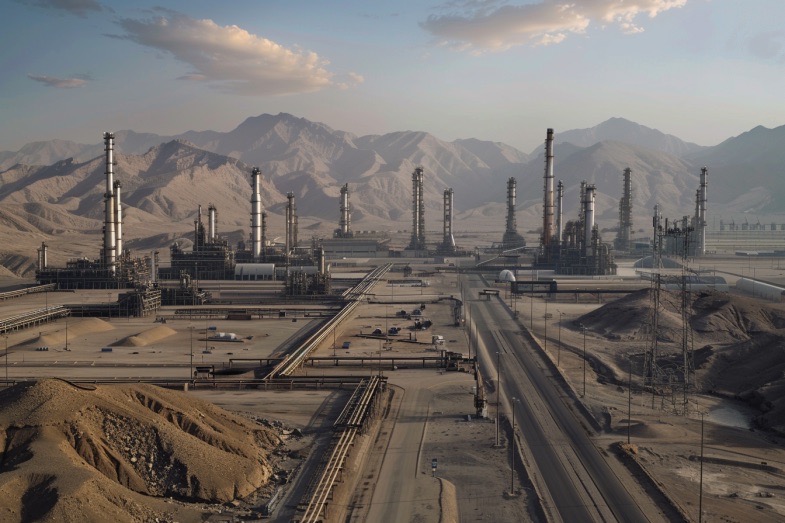India Tests Intermediate-Range Ballistic Missile Amid Rising Tensions with China
In a bold display of military prowess, India has successfully test-fired the Agni-5, an indigenously developed intermediate-range ballistic missile capable of carrying a nuclear warhead deep into the territory of its geopolitical rival, China. This comes as Prime Minister Narendra Modi gears up for his first visit to China in years.
The Agni-5 was launched in India’s eastern Odisha state and the country’s defense ministry announced that it “validated all operational and technical parameters.” With a range of over 5,000 kilometers (3,100 miles), the missile puts India’s rivals like China and Pakistan well within its striking reach, according to the Center for Strategic and International Studies Missile Defense Project.
India and China are engaged in a fierce battle for influence across the Asia-Pacific region, with tensions escalating after deadly clashes at their shared Himalayan border in 2020. Both countries have been at odds more than ever in decades, navigating a strained relationship.
As China continues to expand its military arsenal and tensions simmer along the disputed border, India is playing catch-up. Reports suggest that China currently possesses around 600 nuclear warheads, while India has 180, as per the Stockholm International Peace Research Institute (SIPRI).
The timing of the Agni-5 test is significant, as it coincides with a recent visit to New Delhi by Chinese Foreign Minister Wang Yi. This visit laid the groundwork for Modi’s upcoming trip to China for a summit of the Shanghai Cooperation Organization (SCO), a security grouping that includes Russia and Pakistan.
While ties between India and China have shown signs of improvement since Modi’s meeting with Chinese leader Xi Jinping last October, the relationship with the US has faced strains. President Donald Trump’s threat of imposing hefty tariffs on India for its Russian oil purchases has added to the complexities.
Analysts suggest that Washington’s economic policies aimed at countering China may inadvertently bring India and China closer together. The Agni-5 missile also serves as a crucial part of India’s defense strategy against its nuclear-armed neighbor, Pakistan.
With both India and Pakistan having engaged in a deadly conflict earlier this year, the need for robust defense capabilities is paramount. The conflict sparked international efforts to prevent further escalation between the two nuclear powers.
As Modi gears up for the SCO summit in Tianjin, where Pakistan’s Prime Minister Shehbaz Sharif is also expected to attend, the dynamics in the region continue to shift. China’s deepening ties with Pakistan, including collaborations on infrastructure projects and arms supplies, add another layer of complexity to the geopolitical landscape.
China’s significant role as a weapons supplier to Pakistan, providing the nation with 81% of its imported weapons, underscores the intricate web of relationships in the region. The stability and cooperation between India, China, and other key players will have far-reaching implications for regional and global peace and prosperity.



